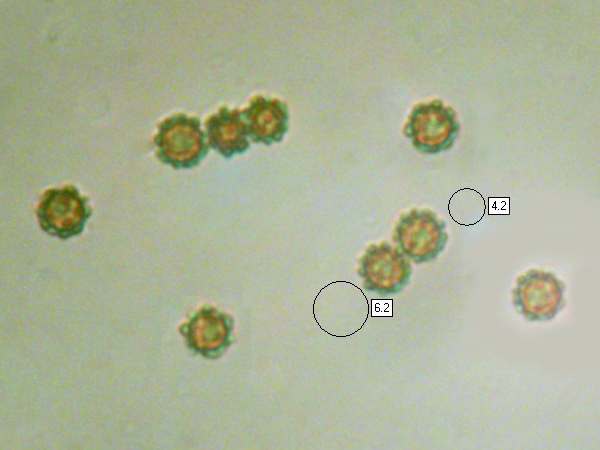Lycoperdon lividum Pers. - Grassland Puffball
Phylum: Basidiomycota - Class: Agaricomycetes - Order: Agaricales - Family: Agaricaceae
Distribution - Taxonomic History - Etymology - Identification - Culinary Notes - Reference Sources
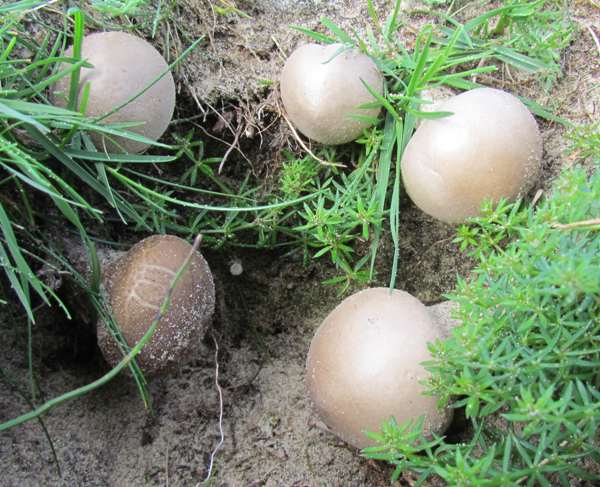
Lycoperdon lividum, the Grassland Puffball, has a small, globe-shaped head that gradually darkens; as the outer peridium (exoperidium) cracks and flakes off an even more leaden inner peridium is revealed. These puffballs are connected to the substrate by a small, fragile tuft of white mycelium.
Distribution
Lycoperdon lividum is fairly common throughout Britain, Ireland and mainland Europe; it is found most often in grassland near to the coast.
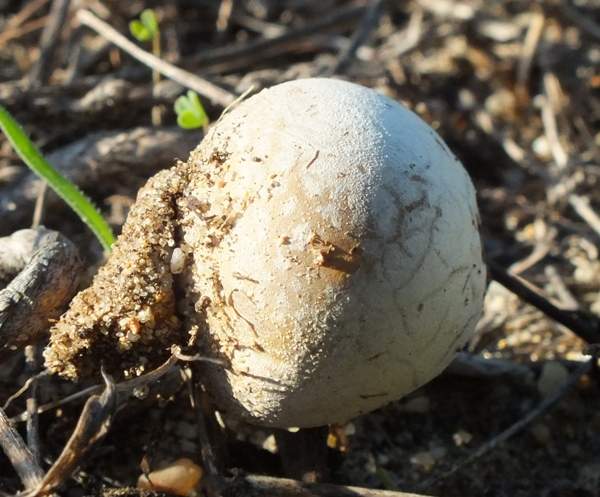
Above: Grassland Puffball with its exoperidium beginning to crack. At this stage Grassland Puffballs often detach from the substrate and can be blown around by the wind, especially in exposed coastal areas.
Despite lacking gills, puffballs are now known to be very closely related to the so-called 'true mushrooms', Agaricus species, which include such prized edibles as The Prince, Field Mushroom, and Horse Mushroom. It should come as no surprise, therefore, that some puffballs are quite good to eat as long as they are gathered while young and still pure white throughout.
Once the spore mass turns olive or brown, edible puffballs are not good to eat - and at this stage they could more easily be confused with earthballs, which are inedible or even poisonous.
Taxonomic history
Lycoperdon lividum was described and in 1809 by Christiaan Hendrik Persoon, who gave it the scientific name that it has retained to this day. Among its synonyms are Lycoperdon cervinum Bolton, Lycoperdon spadiceum Pers., andLycoperdon cookei Massee.
Etymology
The specific epithet lividum means leaden (coloured like lead - grey or blue-grey).
The genus name Lycoperdon literally means 'wolf's flatulence' and begs the question who got close enough to a wolf to become an expert on the matter. For most of us, surely such an odour cannot be considered a particularly helpful diagnostic feature for identifying the Grassland Puffball, Lycoperdon lividum .
Identification guide
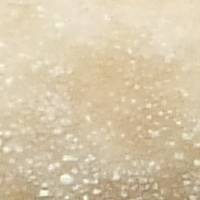 |
FruitbodyTypically 1 to 2.5cm across; more or less spherical or slightly squashed vertically but with short sterile stem consisting of of white spongy rice-like cells that are white at first but turn yellow-olive and finally brown. Greyish to ochre-brown outer peridium is slightly scurfy (see left), while the inner peridial wall is thin with a finely granular surface. White at first, the spore-bearing gleba turns olive-brown and at maturity escapes via a small irregular apical pore. |
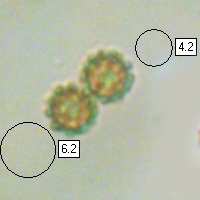 |
SporesRoughly spherical, 3.5-4.1µm diameter; ornamented with small warts. Spore massDarkish olive-brown. |
Odour/taste |
Not distinctive. |
Habitat & Ecological role |
Saprobic, commonly found in alkaline, neutral or only slightly acidic short-sward grassland, mainly near to the coast. |
Season |
July to November in Britain and Ireland. |
Similar species |
Lycoperdon perlatum is paler and covered in larger warts rather than spines. Lycoperdon nigrescens has a longer stem; its flesh has a faint but unpleasant odour. Lycoperdon mammiforme is much larger; ,it is white at first and then its surface breaks up into large cream scales rather than spines. |
Culinary notes
Although many puffball species are considered good edible fungi the Grassland Puffball is regarded as of limited value becuse of its small size. Once the spores begin maturing the interior of the puffball darkens. Only when very young and white throughout are any of the puffballs edible.
For a very easy to recognise edible puffball that cannot be mistaken for any other mushroom, see Calvatia gigantea, the Giant Puffball. Unfortunately it's not every day that you stumble across Giant Puffballs, as they are not only uncommon but also very localised in their distribution. If you find a good spot for these mighty meaty meal sources, make a note of it because Giant Puffballs, like Common Puffballs, usually reappear in the same places for many years.
Reference Sources
Fascinated by Fungi, 2nd Edition, Pat O'Reilly 2016, reprinted by Coch-y-bonddu Books in 2022.
Pegler, D.N., Laessoe, T. & Spooner, B.M (1995). British Puffballs, Earthstars and Stinkhorns. Royal Botanic Gardens, Kew.
British Mycological Society. English Names for Fungi
Dictionary of the Fungi; Paul M. Kirk, Paul F. Cannon, David W. Minter and J. A. Stalpers; CABI, 2008
Taxonomic history and synonym information on these pages is drawn from many sources but in particular from the British Mycological Society's GB Checklist of Fungi.
Fascinated by Fungi. Back by popular demand, Pat O'Reilly's best-selling 450-page hardback book is available now. The latest second edition was republished with a sparkling new cover design in September 2022 by Coch-y-Bonddu Books. Full details and copies are available from the publisher's online bookshop...
